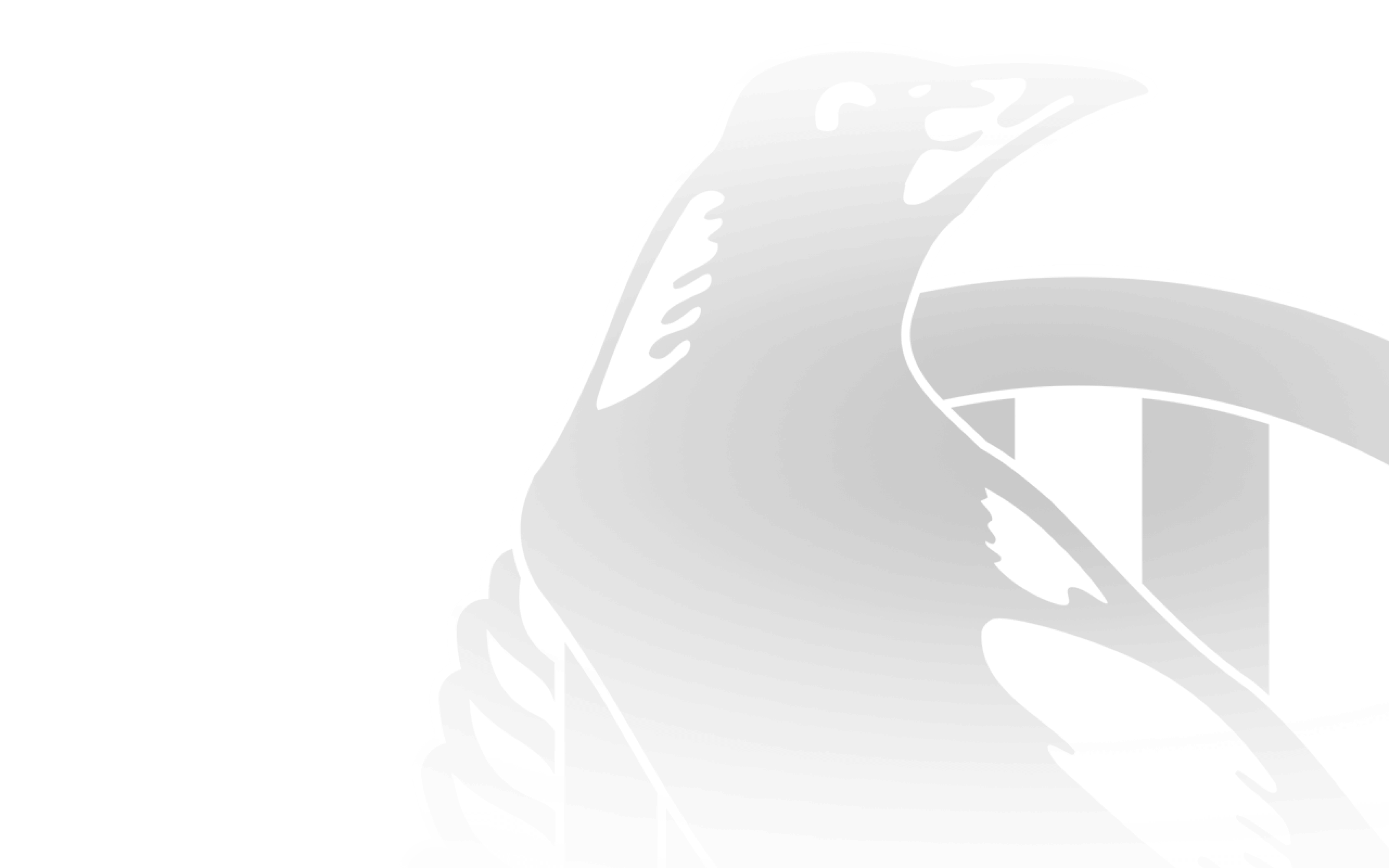As collingwoodfc.com.au turns 20, Michael Roberts, one of the site's first contributors, reflects on the web landscape at the turn of the century.
The late 1990s was a time of great change at and for the Collingwood Football Club.
In a couple of years alone we changed our coach (Shaw to Malthouse), President (Rose to McGuire), captain (Brown to Buckley) and even our home base, reluctantly moving from our beloved Victoria Park.
But there were also other, less noticeable, winds of change sweeping through the club. One of those was the way we handled the emerging technology of the Internet.
Collingwood had had its own website for a few years, but around the turn of the millennium handed the management and rights over to a company called Sportsview. Sportsview in turn engaged my company to provide them with content for some of the websites they managed, particularly Collingwood.
These were heady days to be involved in the web world. It was well before the dotcom crash, and all the talk was of a brave new world full of excitement and wonder, where just about anything might be possible.
But the truth is that the realities of the time and the promises of the future were a long way apart back then.
The major problem was connection speeds. The vast majority of Internet users then were on dial-up connections – and those connections were ridiculously slow. Pages and entire sites would only inch towards loading if they were picture-heavy or contained any of the new whizz-bang features that had all the geeks so excited.
And if you were brave enough to try to watch a video online then you had to prepare yourself for constant interruptions while you waited for the bloody thing to buffer all the time. (We didn't even know what that word meant until web video came along).
The end result was that, in all honesty, writing for the Collingwood website around 1999-2000 often didn't feel that much different than writing for the club's magazine. I was editing In Black and White at the time, and there were often strong similarities in what was being produced – feature stories, interviews, Q&As etc.
But there was one exception – one area where, even in those dodgy dial-up days, the Internet changed the coverage of AFL forever. And that was with the speed of news reporting.
That was the game-breaker. Magazines had long lead times and newspapers were next-day, whereas the most exciting thing about the web was our sudden ability to be able to write a match report and have tens or hundreds of thousands of fans reading it within a matter of minutes.
Football clubs suddenly become de facto news publishers – and Collingwood embraced the possibilities of that quicker than anyone else.
For all the talk about streaming videos and live chats and clubs having their own mulit-media networks, this was the most exciting and immediate change brought about by the advent of the Internet. We take it for granted today, but back then it was huge – real-time reporting of footy matches and news, delivered straight to the Magpie Army.
How collingwoodfc.com.au was introduced to the work ahead of the 2001 season.
And that remains one of the strongest memories from that period – sitting in a room with a TV (or sometimes even just a radio) and compiling a match report for filing on the final siren, or maybe even delivering blow-by-blow match coverage. It was a major buzz to be able to click on the website and see your story up there just minutes after you'd filed.
Now, of course, many of the technological developments that were being talked about 15 years ago have also arrived in one form or another. The Collingwood website now takes fans to the kinds of places we could only dream about back in the 'early days' of the net. It's even allowed us to branch out and specialise with the history website Forever.
And yet, despite all those advances and achievements, perhaps the best thing of all is that – just as it was 15 years ago – the future possibilities for footy clubs and the Internet still seem limitless.
The winds of change
As collingwoodfc.com.au turns 20, one of the site's first contributors reflects on the web landscape at the turn of the century.


